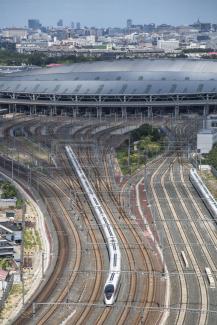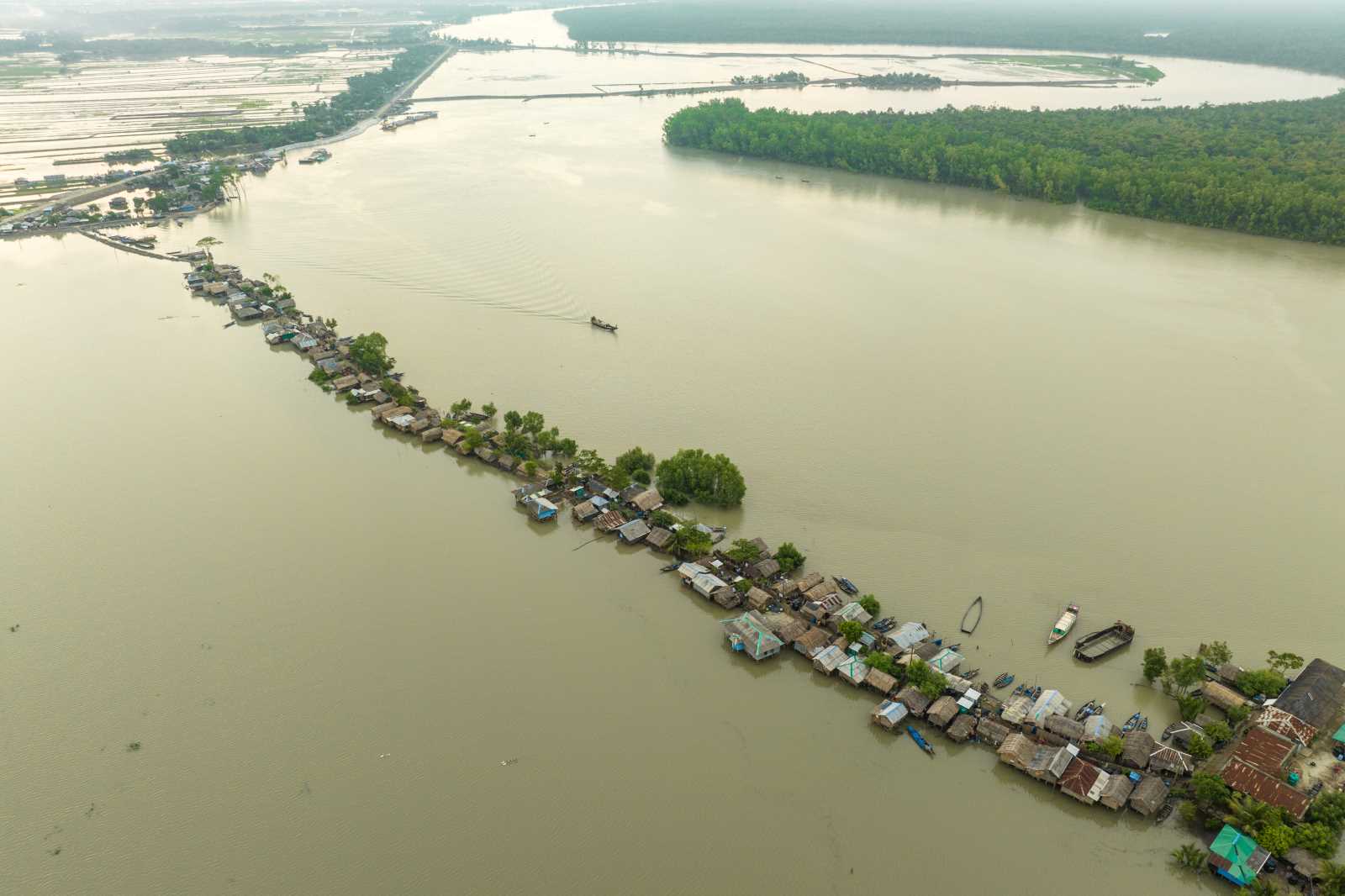Air pollution
Blue-sky policy

Beijing has such a reputation for smog, that I was pleasantly surprised by the azure sky when visiting the city in summer. I checked the air quality index published by the US embassies and consulates. On 28 August, Beijing scored a rather good 20, while my hometown Kolkata was at 57, and figures for locations in Delhi went up to 160.
The plain truth is that the air in Indian cities today tends to be more polluted than in Chinese ones. India lacks the kind of determined and consequential action taken by China. Indeed, Li Ganjie, the environment minister, has stated clearly that quality economic growth must be eco-friendly. That the Communist leadership can address issues by fiat is sometimes of advantage.
According to data compiled by the World Health Organization (WHO), Beijing brought its sulphur dioxide levels down by 70 % between 2015 and 2019. In the same period, it reduced particle pollution by 36 %. Pollution abatement systems were installed at coal-powered industries and power stations, and cleaner, gas-based facilities were built. Superior fuels were introduced and old vehicles scrapped. Heating homes with solid fuels is no longer permitted.
Air pollution remains a challenge. Though WHO statistics for 62 Chinese cities show that particle pollution was reduced by an average of 30 % between 2013 and 2016, not one of them has achieved the WHO’s recommended annual average level of 10µg per cubic meter for PM2.5 (atmospheric particulate matter of less than 2.5 micrometres diameter). Only one third of major cities had reached the WHO’s interim standard of 35µg.
Nonetheless, it is evident that policy measures are making a difference. Ahead of the Beijing Olympics in 2008, the authorities worried about the city’s air-pollution reputation and decided to change matters – for instance in urban traffic.
Today, public transport in Beijing relies on 6,600 electric buses for example. Shanghai has even electrified all of its 16,400 public buses. Actually, China has 385,000 electric buses and plans to increase the number to 600,000 by 2025. Electrification of taxis, trucks and other vehicles is on the agenda. An increasing number of private cars are powered by batteries as well.
The People’s Republic is an international pioneer in electric mobility, and the battery producer BYD is the global leader in its field. Investors from all over the world are aware of its great relevance for the car industry.
At the same time, China is bicycle-friendly. Beijing has cycles for public use. They are kept on stands and can be unlocked by a smart card. One checks out a bike and on completion of the trip, returns it to a similar stand at one’s destination. The fee of barely $ 0.15 per hour is automatically deducted.
Climate activists around the world have expressed criticism of Beijing’s huge new airport. They should appreciate that megacities in emerging markets have similar transport needs as the typically much less populous capitals of European nations. They should also note that Beijing’s new airport has good train connections to the city and its surroundings. It is expected to get a high-speed rail-link to Tianjin by 2022, as the Financial Times reported. The train ride from Beijing’s airport to this port agglomeration of 15 million people will take a little less than 40 minutes. This airport will thus serve two megacities, not one.
China’s national network of high-speed train lines is impressive. It has vastly reduced the need for domestic air travel. So far, only much smaller countries like Japan or EU members have similar rail infrastructure. Neither India nor the USA have anything similar. They also lack the kind of ambitious blue-sky policy that has been adopted for Beijing and is being extended to other places. Anyone with eyes to see can tell that China is taking issues like air pollution and climate protection into account.
Aditi Roy Ghatak is a business journalist based in Kolkata.
aroyghatak1956@gmail.com













